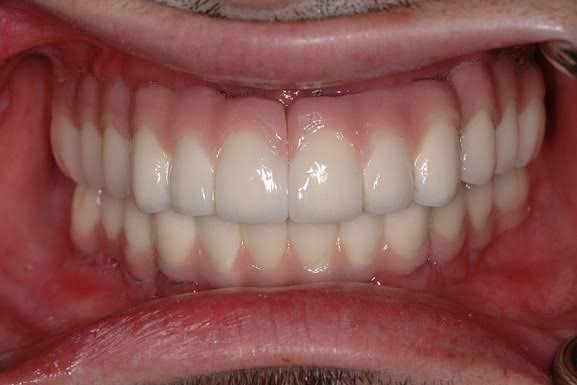
Tooth decay is one of the commonest reasons why patients present to the dentist. Amazingly, most people are not aware of the presence of a hole on their tooth/teeth until after the first episode of tooth pain. Some people can even be aware of the presence of a hole but the fear of removing the tooth hold them back from visiting the dentist. Well, I have glad tidings for my reader, not every tooth with a hole must be removed. It all depends on the extent of damage that determines the options available to you.
What is Tooth Decay?
Tooth decay is the destruction of your tooth enamel, the hard, outer layer of your teeth. It usually occurs as a result of bacterial action on food particles in the mouth which results in the destruction of sound tooth tissue.
What are the consequences of Tooth Decay?
Tooth decay can result in severe pain which may significantly affect your quality of life. The infection can spread beyond the tooth to involve the surrounding tissues resulting in fast spreading swelling around the jaw. In some cases, the infection can be disseminated throughout the body resulting in life-threatening conditions.
The Available Options for Decaying Teeth.
The following are usually the options for a decaying tooth depending on the extent of the decay and the presence of pain
Inlays and Onlays: Onlays are tooth restoration that are made outside of the mouth as a single, solid piece, that fits the specific size and shape of the decayed part of a tooth. An inlay will incorporate decaying pits and fissures of a tooth. They are usually recommended when an extensive part of the tooth is lost.
2. Use of Crowns: These are recommended when an extensive part of a tooth is lost and such tooth is not amenable to fillings. As the word goes, a crown is like a cap that will be inserted on a prepared tooth to preserve the remaining tooth structure.
3. Root Canal Therapy: This is recommended when there is severe spontaneous pain from a decaying tooth. Usually, the dentist would locate the pulp canal(remember your biology) which houses the nerves and blood vessels. The dentist would clean out the decaying/decayed pulp tissues and fill the canal with an inert material, known as Gutta Parcha. Don’t be in a hurry to remove that tooth, discuss your options with your dentist.
4. Extraction: This is the last option when all the aforementioned options fail. Unfortunately, this is one of the most feared dental procedures. Tooth extraction is usually a painless procedure because local anaesthesia would be given.
5. Tooth fillings: This involved replacement of the decayed part of a tooth with tooth-coloured materials or metallic fillings. You can discuss more with your dentist to determine the best option for you.



Leave a Reply